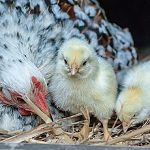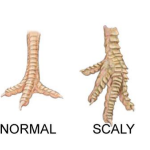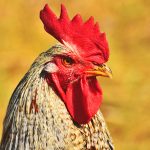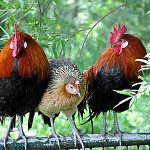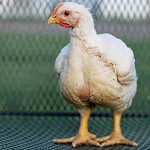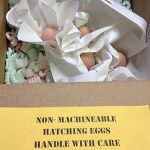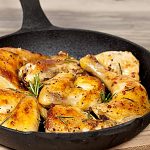
Raising chickens for meat involves first deciding which to choose: Cornish broilers or a heritage breed. The fundamental difference is the amount of time needed to grow them from hatch to harvest. The quicker they grow to the target weight of about six pounds, the cheaper they are to raise and the more tender the […]
Continue Reading

